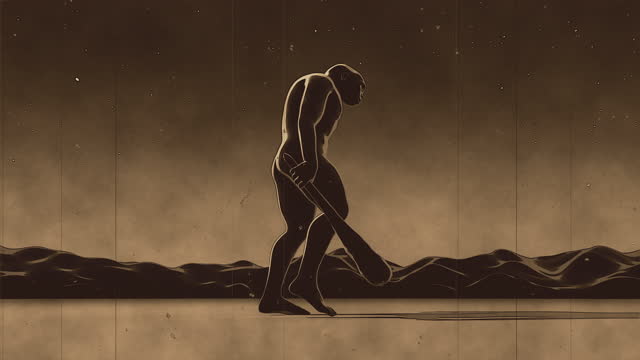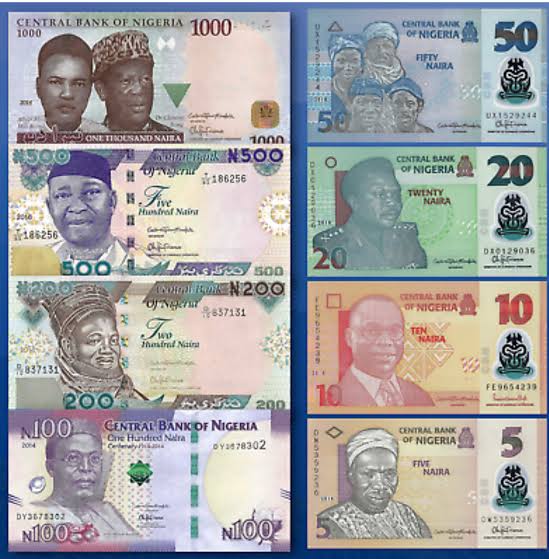Education
Our Ancient Cousin, The Neanderthals. What Were They Really About?

Neanderthals, our ancient cousins who roamed the Earth tens of thousands of years ago, have long captured the imagination of scientists and the general public alike. These prehistoric hominins, who lived in Europe and parts of Asia for over 300,000 years before going extinct around 40,000 years ago, have left behind a rich archaeological record that sheds light on their lifestyles, culture, and interactions with early Homo sapiens. In this article, we will delve into the world of Neanderthals, exploring their physical characteristics, tools, social structures, and relationship to modern humans.
Physical Characteristics:
Neanderthals were well-adapted to the cold climates of Ice Age Europe, with robust bodies, stocky builds, and muscular features that helped them survive in harsh environments. They had large brains, similar in size to those of modern humans, and distinctive facial features, including prominent brow ridges, large noses, and strong jaws. Neanderthals were likely covered in body hair to provide insulation against the cold, and recent genetic studies suggest that they may have had fair skin and red hair.
Tool Culture:
Neanderthals were skilled toolmakers and used a wide range of implements for hunting, butchering, and crafting. They crafted stone tools, such as handaxes, scrapers, and spear points, as well as wooden spears and hafted tools. Neanderthals also used fire, as evidenced by hearths found at their archaeological sites, and may have engaged in symbolic behaviors, such as burying their dead and creating simple ornaments.
Social Structures:
Recent discoveries have revealed that Neanderthals were not the brutish cavemen of popular imagination but instead had complex social structures and behaviors. They lived in small, extended family groups and likely collaborated on hunting and gathering activities. Neanderthals cared for their sick and elderly, as evidenced by the presence of individuals with healed injuries and degenerative conditions in their fossil record. They also interacted with other hominin groups, including early Homo sapiens, through interbreeding events that have left a lasting genetic legacy in modern human populations.
Relationship to Modern Humans:
The relationship between Neanderthals and early Homo sapiens is a subject of ongoing debate among scientists. Genetic studies have shown that modern humans of non-African descent carry small amounts of Neanderthal DNA, indicating that interbreeding occurred when these two hominin groups overlapped in Europe and Asia. This interbreeding likely contributed to the genetic diversity and adaptive traits of modern human populations. However, the precise nature of the interactions between Neanderthals and early Homo sapiens, whether they involved peaceful coexistence, competition, or conflict, remains a topic of academic inquiry and speculation.
In conclusion, Neanderthals were a resilient and adaptive species that thrived in challenging environments for hundreds of thousands of years. Their legacy lives on in the genetic makeup of modern humans and in the archaeological record that continues to yield new insights into their lives and times. As we uncover more about the world of Neanderthals, we gain a deeper understanding of our shared past and the remarkable diversity of human evolution. By studying and appreciating these ancient relatives, we can better appreciate the complexities of our own human story and the incredible journey that has led us to where we are today.
-

 Breaking News3 years ago
Breaking News3 years agoBREAKING: CBN Redesigns Naira Notes
-

 Breaking News2 years ago
Breaking News2 years agoBREAKING: Tinubu Considers Temporary Subsidy On Petrol
-

 Breaking News2 years ago
Breaking News2 years agoJUST IN: Gbajabiamila Dies In UK
-

 News3 years ago
News3 years agoDrama As Church Gives Certificate Of Virginity To Ladies After Testing Them (See Photos)
-

 Crime4 years ago
Crime4 years agoUproar As Student Teacher On Teaching Practice Impregnates 24 Girls, Headmistress, Four Female Teachers
-

 Breaking News10 months ago
Breaking News10 months agoJUST IN : Sacked Osun LG Chairman Killed Few Minutes After Returning To Office
-

 Breaking News2 years ago
Breaking News2 years agoBREAKING: Dangote Speaks As BUA Reduces Price Of Cement
-

 Crime3 years ago
Crime3 years agoJUST IN: Gunmen Storm Osogbo, Kill Man, Daughter Few Hours After His Wife Put To Bed (Photos)






